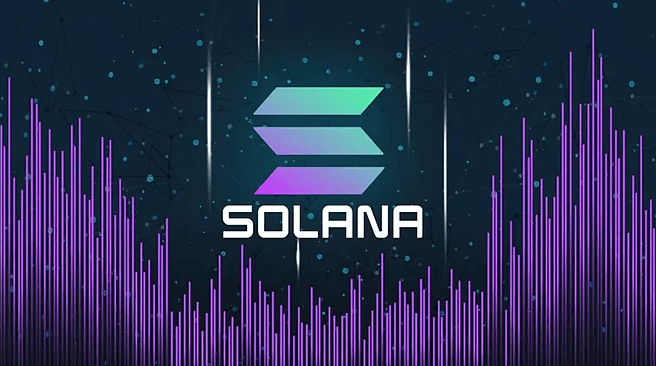Bitcoin’s Paradoxical Surge in Computational Power
As the price of Bitcoin (BTC) hovers around its lowest point since last year, an intriguing paradox unfolds within the network. Hashrate, the measure of the computational power required to validate transactions and secure the blockchain, has reached an all-time high.
The Bitcoin Mining Landscape
Bitcoin mining is a competitive landscape driven by profitability. Miners invest significant resources, including hardware and electricity, to validate transactions and add new blocks to the blockchain. In return, they receive newly minted Bitcoins as a reward.
The current state of the market, with a weakened Bitcoin valuation and decreased hashprice, might seem uninviting to potential miners. However, the allure of securing the network and earning rewards from transaction fees has kept existing miners engaged.
Why the Computational Power Surges
The paradoxical surge in computational power can be attributed to a few factors:
- Economies of Scale: Mining operations have grown in size, allowing for the spreading of fixed costs over a larger number of Bitcoins mined.
- Advancements in Technology: Newer, more efficient mining hardware has hit the market, making it cost-effective for miners to maintain their operations despite lower Bitcoin prices.
- Transaction Fees: As the number of transactions on the Bitcoin network increases, the fees associated with these transactions become a significant source of revenue for miners.
What This Means for Individuals
For individual investors, the current state of the Bitcoin market may seem disheartening. However, the underlying computational power of the network could lead to future price increases as demand for the cryptocurrency grows.
Additionally, the surge in computational power could result in more frequent and larger block rewards for miners, further incentivizing them to invest in the network.
Global Impact
On a larger scale, the paradoxical surge in Bitcoin’s computational power has implications for the global technology landscape:
- Increased Energy Consumption: The growing computational power requires an immense amount of electricity, contributing to the network’s substantial carbon footprint.
- Research and Development: The constant evolution of mining hardware and techniques drives innovation and investment in the technology sector.
- Regulatory Environment: The environmental concerns and financial implications of Bitcoin’s computational power may influence regulatory decisions regarding the cryptocurrency.
Conclusion
Despite Bitcoin’s recent price struggles, the network’s computational muscle continues to grow, driven by the allure of transaction fees and the desire to secure the network. This paradoxical surge in power carries implications for individual investors, the technology sector, and the global regulatory landscape.
As the Bitcoin market evolves, it’s essential for investors and observers to stay informed and adapt to the changing landscape. The future of Bitcoin and its impact on the world remains an exciting and uncertain prospect.





